Frontier Centre for Public Policy
The post-national cult of diversity promotes authoritarian intolerance
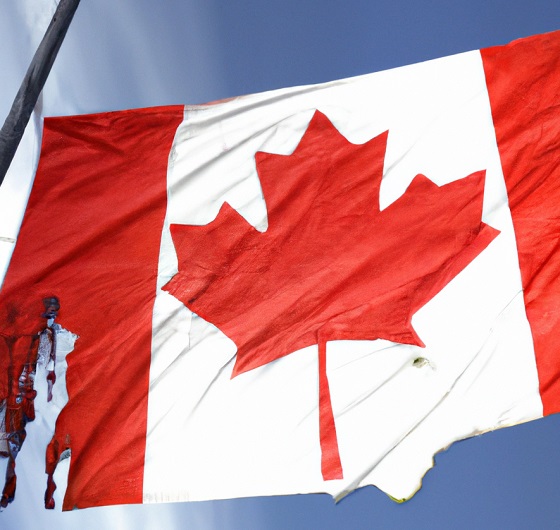
From the Frontier Center for Public Policy
“There is no core identity, no mainstream in Canada. … Those qualities are what make us the first post-national state.” — Justin Trudeau, 2015.
Throughout history, populations with sufficient historical, geographic, linguistic, economic, religious, and cultural attachments have flourished within the borders of unified nation-states.
Few modern nation-states fit a uniform definition. In countries such as Canada and the United States, two or more nations, regions, colonies, and tribes learned to prosper together within a negotiated constitutional order.
Not all nations insist on total sovereignty as a condition of their existence. Former Canadian Prime Minister Stephen Harper acknowledged this when he put forward a parliamentary motion recognizing that the Québécois form a historical “nation” within the united Dominion of Canada.
In 2006, Members of Parliament overwhelmingly supported Mr. Harper’s motion, but it was notable that Justin Trudeau, a rising star in the Liberal Party of Canada, regarded the recognition of a Quebec nation as an “old idea from the 19th century.” He said it was “based on a smallness of thought.”
For the cosmopolitan left, the period between November 2015 and November 2016 was a pivotal moment in history. A U.S. president who had rejected the idea of “American exceptionalism” and a Canadian Prime Minister who said his country had “no core identity” were in perfect accord with a growing cabal of international plutocrats who disapproved of nationalism and looked forward to the emergence of a borderless, new world order.
Globalists were convinced that a higher form of humanity could be achieved through a new trifecta of values known as “diversity, equity, and inclusion.” The only people standing in their way were pesky British Brexiters and Donald J. Trump.
Modern Origins of Anti-Nationalism
The post-modern left has always insisted that patriotism is a precursor to fascism. Since the late 1960s, Western intellectuals have deceptively linked nationalism and patriotism with the cultural values of Nazi Germany. For neo-Marxist intellectuals, affirming the merits of one’s nation is symptomatic of an authoritarian personality.
Following the fall of the Iron Curtain in the late 20th century, “global integration” became an increasingly popular vision among international policy experts. World Economic Forum patricians proposed a superior morality to be guided by a “Great Reset.”
The left insisted that problems such as climate change, inequality, racism, and poverty called for bold solutions. As a result, a “one-world government” paradigm came to occupy the center of academic thought. Universities in North America and Europe routinely advertised for positions in “global governance,” a term that few would have recognized a decade earlier.
The presumed genius of leaders such as Mr. Trudeau and President Obama promised to usher in a new era of diversity and inclusion that would make our world a kinder and gentler place.
The Old Diversity and the New
Over recent years, several scholars have adopted a more skeptical view of the post-national bromides being passed off as “diversity and inclusion.”
For example, University of Kent emeritus professor of sociology Frank Furedi argues that “diversity” is not “a value in and of itself.” He regards the present-day version of diversity as the foundation for a new form of authoritarianism.
In a January Substack article, Mr. Furedi pointed out that the meaning of diversity has been fundamentally altered.
This older form of diversity promised that the cultural freedom of local districts, tribes, races, religions, and immigrant communities could be respected within a justly established legal and constitutional order. It was a model that inspired the loyalty of citizens in modern nation-states such as the United States and Canada.
Post-national diversity means something entirely different. Mr. Furedi argues that “the current version of diversity is abstract and often administratively created. It is frequently imposed from above and affirmed through rules and procedure.”
He goes on to assert: “The artificial character of diversity is demonstrated by its reliance on legal and quasi-legal instruments. There is a veritable army of bureaucrats and inspectors who are assigned the role of enforcing diversity related rules. The unnatural and artificial character of diversity is illustrated by the fact that it must be taught.”
Dogmatic Diversity and the Decline of Freedom
Over the past 75 years, the left has promoted diversity as a remedy for discrimination. By the late 1960s, it had acquired a sacred importance. Mr. Furedi contends that “the main driver of this development was the politicisation of identity.”
He quotes the philosopher Christopher Lasch: “In practice, diversity turns out to legitimise a new dogmatism, in which rival minorities take shelter behind a set of beliefs impervious to rational discussion.”
Unfortunately, Mr. Furedi writes, “diversity has proved to be an enemy of tolerance.”
Radical proponents of diversity and inclusion reject debate and demand conformity. They have no qualms about limiting fundamental liberties, particularly free speech. The totalitarian temptations within this cult are akin to the impulses of an ancient creed or a communist dictatorship. No one is free to disagree, and there is little kindness in a dogma that has become the foundational value for 21st-century authoritarians.
Ten years ago, post-nationalist politicians such as President Obama and Mr. Trudeau found it easy to sell woke elites the same unfounded assumptions they had already acquired in university.
Today, free-thinking common folks are becoming considerably tired of serving the appetites of false prophets.
William Brooks is a Senior Fellow at Frontier Centre For Public Policy. This commentary was first published in The Epoch Times here.
Addictions
Why can’t we just say no?

From the Frontier Centre for Public Policy
Drug use and violence have become common place in hospitals. Drug-addicted patients openly smoke meth and fentanyl, and inject heroin. Dealers traffic illicit drugs. Nurses are harassed, forced to work amidst the toxic fumes from drugs and can’t confiscate weapons. In short, according to one nurse, “We’ve absolutely lost control.”
“Defining deviancy down” is a cultural philosophy that emerged in the United States during the 1990s.
It refers to society’s tendency to adjust its standards of deviancy “down,” so that behaviours which were once unacceptable become acceptable. Over time, this newly- acceptable behaviour can even become society’s norm.
Of course, the converse must also be true — society looks down on those who label social behaviours “wrong,” deeming them moralistic, judgemental or simply out of touch with the realities of modern life.
Thirty years later, this philosophy is entrenched in British Columbia politics and policies. The province has become a society that cannot say “no” to harmful or wrong behaviours related to drug use. It doesn’t matter if you view drug use as a medical issue, a law-and-order issue, or both – we have lost the ability to simply say “no” to harmful or wrong behaviour.
That much has become abundantly clear over the past two weeks as evidence mounts that BC’s experiment with decriminalization and safe supply of hard drugs is only making things worse.
A recently-leaked memo from BC’s Northern Health Authority shows the deleterious impact these measures have had on BC’s hospitals.
The memo instructs staff at the region’s hospitals to tolerate and not intervene with illegal drug use by patients. Apparently, staff should not be taking away any drugs or personal items like a knife or other weapons under four inches long. Staff cannot restrict visitors even if they are openly bringing illicit drugs into the hospital and conducting their drug transactions in the hallways.
The public was quite rightly outraged at the news and BC’s Health Minister Adrian Dix quickly attempted to contain the mess by saying that the memo was outdated and poorly worded.
But his facile excuses were quickly exposed by publication of the very clearly worded memo and by nurses from across the province who came forward to tell their stories of what is really happening in our hospitals.
The President of the BC Nurses Union, Adriane Gear, said the issue was “widespread” and “of significant magnitude.” She commented that the problems in hospitals spiked once the province decriminalized drugs. In a telling quote, she said, “Before there would be behaviours that just wouldn’t be tolerated, whereas now, because of decriminalization, it is being tolerated.”
Other nurses said the problem wasn’t limited to the Northern Health Authority. They came forward (both anonymously and openly) to say that drug use and violence have become common place in hospitals. Drug-addicted patients openly smoke meth and fentanyl, and inject heroin. Dealers traffic illicit drugs. Nurses are harassed, forced to work amidst the toxic fumes from drugs and can’t confiscate weapons. In short, according to one nurse, “We’ve absolutely lost control.”
People think that drug policies have no impact on those outside of drug circles – but what about those who have to share a room with a drug-smoking patient?
No wonder healthcare workers are demoralized and leaving in droves. Maybe it isn’t just related to the chaos of Covid.
The shibboleth of decriminalization faced further damage when Fiona Wilson, the deputy chief of Vancouver’s Police Department, testified before a federal Parliamentary committee to say that the policy has been a failure. There have been more negative impacts than positive, and no decreases in overdose deaths or the overdose rate. (If such data emerged from any other healthcare experiment, it would immediately be shut down).
Wison also confirmed that safe supply drugs are being re-directed to illegal markets and now account for 50% of safe supply drugs that are seized. Her words echoed those of BC’s nurses when she told the committee that the police, “have absolutely no authority to address the problem of drug use.”
Once Premier David Eby and Health Minister Adrian Dix stopped denying that drug use was occurring in hospitals, they continued their laissez-faire approach to illegal drugs with a plan to create “safe consumption sites” at hospitals. When that lacked public appeal, Mr. Dix said the province would establish a task force to study the issue.
What exactly needs to be studied?
The NDP government appears to be uninformed, at best, and dishonest, at worst. It has backed itself into a corner and is now taking frantic and even ludicrous steps to legitimize its experimental policy of decriminalization. The realities that show it is not working and is creating harm towards others and toward institutions that should be a haven for healing.
How quickly we have become a society that lacks the moral will – and the moral credibility – to just to say “no.”
Susan Martinuk is a Senior Fellow with the Frontier Centre for Public Policy and author of Patients at Risk: Exposing Canada’s Health-care Crisis.
Frontier Centre for Public Policy
Budget 2024 as the eve of 1984 in Canada
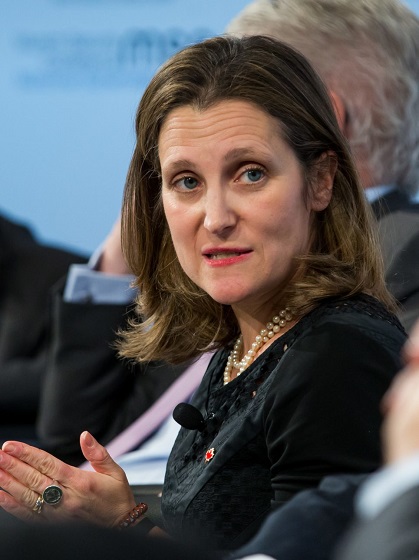
From the Frontier Centre for Public Policy
Those who claim there are unmarked burials have painted themselves into a corner. If there are unmarked burials, there have had to be murders because why else would anyone attempt to conceal the deaths?
The Federal Government released its Budget 2024 last week. In addition to hailing a 181% increase in spending on Indigenous priorities since 2016, “Budget 2024 also proposes to provide $5 million over three years, starting in 2025-26, to Crown-Indigenous Relations and Northern Affairs Canada to establish a program to combat Residential School denialism.” Earlier this spring, the government proclaimed:
The government anticipates the Special Interlocutor’s final report and recommendations in spring 2024. This report will support further action towards addressing the harmful legacy of residential schools through a framework relating to federal laws, regulations, policies, and practices surrounding unmarked graves and burials at former residential schools and associated sites. This will include addressing residential school denialism.
Like “Reconciliation,” the exact definition of what the Federal government means by “residential school denialism” is not clear. In this vague definition, there is, of course, a potential for legislating vindictiveness.
What further action is needed to address “the harmful legacy of residential schools” except to enforce a particular narrative about the schools as being only harmful? Is it denialism to point out that many students, such as Tomson Highway and Len Marchand, had positive experiences at the schools and that their successful careers were, in part, made possible by their time in residential school? If the study of history is subordinated to promoting a particular political narrative, is it still history or has it become venal propaganda?
Since the sensational May 27, 2021, claim that 215 children’s remains had been found in a Kamloops orchard, the Trudeau government has been chasing shibboleths. The Kamloops claim remains unsubstantiated to this day in two glaring ways: no names of children missing from the Kamloops IRS (Indian Residential Schools) have been presented and no human remains have been uncovered. For anyone daring to point out this absence of evidence, their reward is being the target of a witch hunt. As we recently witnessed in Quesnel, B.C., to be labeled as a residential school denialist is to be drummed out of civil society.
If we must accept a particular political narrative of the IRS as the history of the IRS, does our freedom of conscience and speech have any meaning?
To the discredit of the Truth and Reconciliation Commission, fictions of missing and murdered children circulating long before the Commission’s inception were subsumed by the TRC (Truth and Reconciliation Commission). Unmarked graves and burials were incorporated into the TRC’s work as probable evidence of foul play. In the end, the TRC found no evidence of any murders committed by any staff against any students throughout the entirety history of the residential schools. Unmarked graves are explained as formerly marked and lawful graves that had since become lost due to neglect and abandonment. Unmarked burials, if they existed, could be construed as evidence of criminal acts, but such burials associated with the schools have never been proven to exist.
Those who claim there are unmarked burials have painted themselves into a corner. If there are unmarked burials, there have had to be murders because why else would anyone attempt to conceal the deaths? If there are thousands of unmarked burials, there are thousands of children who went missing from residential schools. How could thousands of children go missing from schools without even one parent, one teacher, or one Chief coming forward to complain?
There are, of course, neither any missing children nor unmarked burials and the Special Interlocutor told the Senate Committee on Indigenous People: “The children aren’t missing; they’re buried in the cemeteries. They’re missing because the families were never told where they’re buried.”
Is it denialism to repeat or emphasize what the Special Interlocutor testified before a Senate Committee? Is combating residential school denialism really an exercise in policing wrongthink? Like the beleaguered Winston in Orwell’s 1984, it is impossible to keep up with the state’s continual revision of the past, even the recent past.
For instance, the TRC’s massive report contains a chapter on the “Warm Memories” of the IRS. Drawing attention to those positive recollections is now considered “minimizing the harms of residential schools.”
In 1984, the state sought to preserve itself through historical revision and the enforcement of those revisions. In the Trudeau government’s efforts to enforce a revision of the IRS historical record, the state is not being preserved. How could it be if the IRS is now considered to be a colossal genocide? The intent is to preserve the party in government and if it means sending Canada irretrievably down a memory hole as a genocidaire, so be it.
Michael Melanson is a writer and tradesperson in Winnipeg.
-
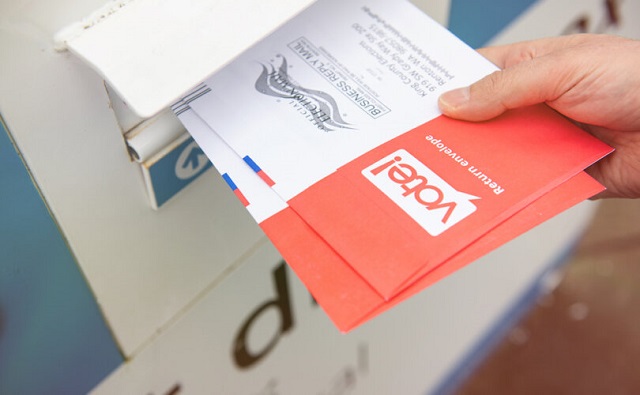
 espionage4 hours ago
espionage4 hours agoOne in five mail-in voters admitted to committing voter fraud during 2020 election: Rasmussen poll
-
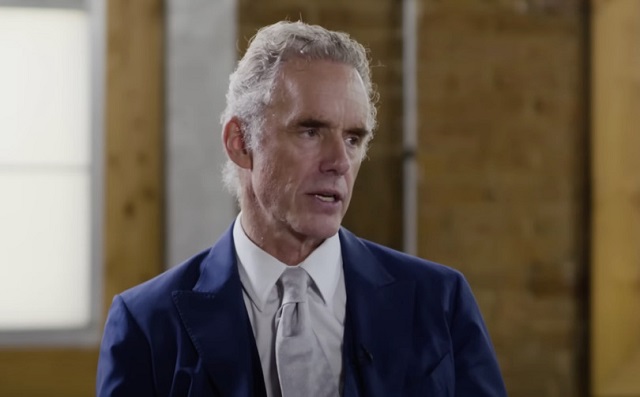
 Censorship Industrial Complex2 days ago
Censorship Industrial Complex2 days agoJordan Peterson, Canadian lawyer warn of ‘totalitarian’ impact of Trudeau’s ‘Online Harms’ bill
-

 Business2 hours ago
Business2 hours agoHonda deal latest episode of corporate welfare in Ontario
-

 COVID-191 day ago
COVID-191 day agoPfizer reportedly withheld presence of cancer-linked DNA in COVID jabs from FDA, Health Canada
-
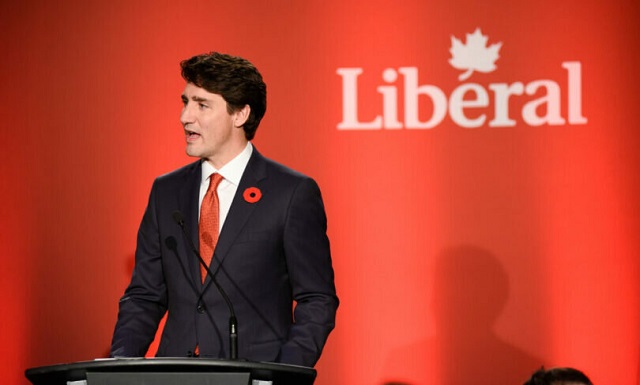
 National1 day ago
National1 day agoAnger towards Trudeau government reaches new high among Canadians: poll
-

 COVID-1923 hours ago
COVID-1923 hours agoTrudeau gov’t has paid out over $500k to employees denied COVID vaccine mandate exemptions
-
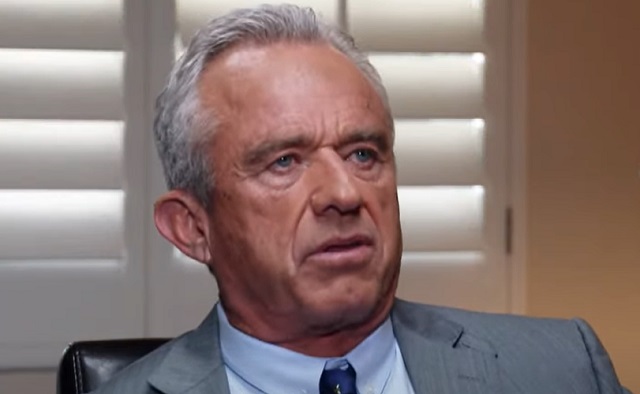
 International22 hours ago
International22 hours agoRFK Jr tells EWTN: Politicization of the CIA, FBI, Secret Service under Biden is ‘very troubling’
-
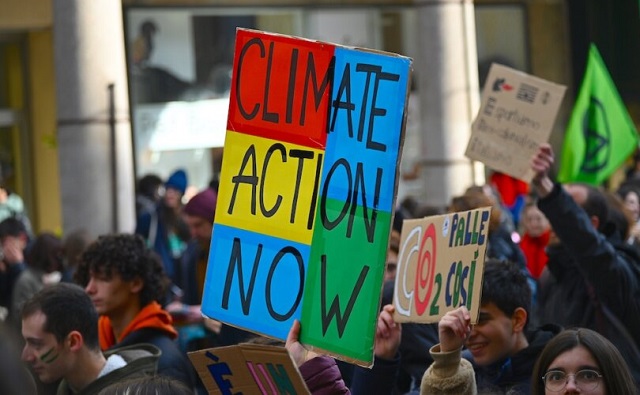
 Opinion1 day ago
Opinion1 day agoThe Climate-Alarmist Movement Has A Big PR Problem On Its Hands








